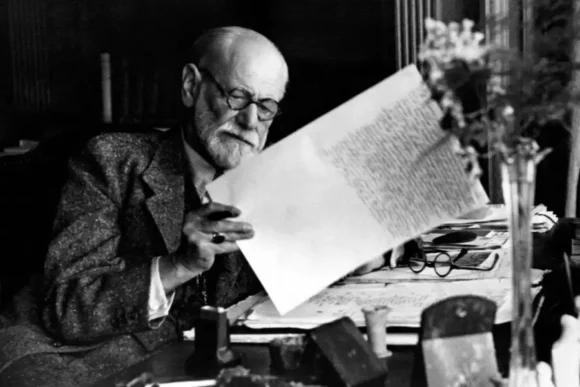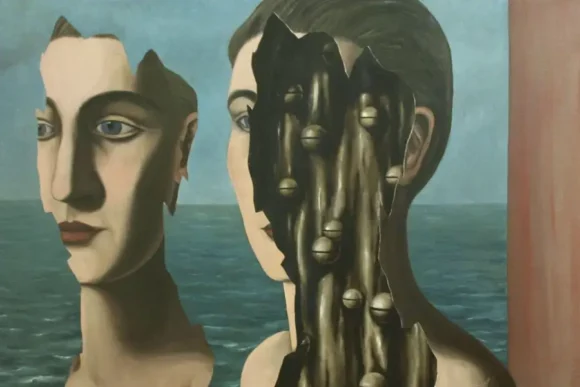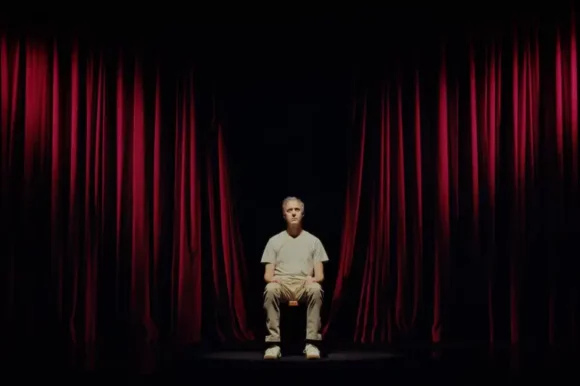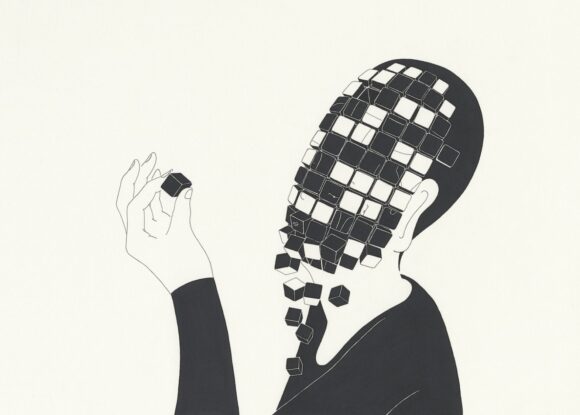Reading Irresistible by Joshua Paul Dale for New Scientist, 15 November 2023
The manhole covers outside Joshua Dale’s front door sport colourful portraits of manga characters. Hello Kitty, “now one of the most powerful licensed characters in the world”, appears on road-construction barriers at the end of his road, alongside various cute cartoon frogs, monkeys, ducks, rabbits and dolphins. Dale lives in Tokyo, epicentre of a “cutequake” that has conquered mass media (the Pokémon craze, begun in 1996, has become arguably the highest grossing media franchise of all time) and now encroaches, at pace, upon the wider civic realm. The evidence? Well for a start there are those four-foot-high cutified police-officer mannequins standing outside his local police station…
Do our ideas of and responses to cute have a behavioural or other biological basis? How culturally determined are our definitions of what is and is not cute? Why is the depiction of cute on the rise globally, and why, of all places, did cute originate (as Dale ably demonstrates) in Japan?
Dale makes no bones about his ambition: he wants to found a brand-new discipline: a field of “cute studies”. His efforts are charmingly recorded in this first-person account that tells us a lot (and plenty that is positive) about the workings of modern academia. Dale’s interdisciplinary field will combine studies of domestication and neoteny (the retention of juvenile features in adult animals), embryology, the history of art, the anthropology of advertising and any number of other disparate fields in an effort to explain why we cannot help grinning foolishly at hyper-simplified line drawings of kittens.
Cute appearances are merely heralds of cute behaviour, and it’s this behaviour — friendly, clumsy, open, plastic, inventive, and mischievous — that repays study the most. A species that plays together, adapts together. Play bestows a huge evolutionary advantage on animals that can afford never to grow up.
But there’s the sting: for as long as life is hard and dangerous, animals can’t afford to remain children. Adult bonobos are playful and friendly, but then, bonobos have no natural predators. Their evolutionary cousins the chimpanzees have much tougher lives. You might get a decent game of checkers out of a juvenile chimp, but with the adults it’s an altogether different story.
The first list of cute things (in The Pillow Book), and the first artistic depictions of gambolling puppies and kittens (in the “Scroll of Frolicking Animals”) come from Japan’s Heian period, running from 794 to 1185 – a four-century-long period of peace. So what’s true at an evolutionary scale seems to have a strong analogue in human history, too. In times of peace, cute encourages affiliation.
If I asked you to give me an example of something cute, you’d most likely mention a cub or kitten or other baby animal, but Dale shows that infant care is only the most emotive and powerful social engagement that cute can release. Cute is a social glue of much wider utility. “Cuteness offers another way of relating to the entities around us,” Dale writes; “its power is egalitarian, based on emotion rather than logic and on being friendly rather than authoritarian.”
Is this welcome? I’m not sure. There’s a clear implication here that cute can be readily weaponised — a big-eyed soft-play Trojan Horse, there to emotionally nudge us into heaven knows what groupthunk folly.
Nor, upon finishing the book, did I feel entirely comfortable with an aesthetic that, rather than getting us to take young people seriously, would rather reject the whole notion of maturity.
Dale, a cheerful and able raconteur, has written a cracking story here, straddling history, art, and some complex developmental science, and though he doesn’t say so, he’s more than adequately established that this is, after all, the way the world ends: not with a bang but a “D’awww!”










